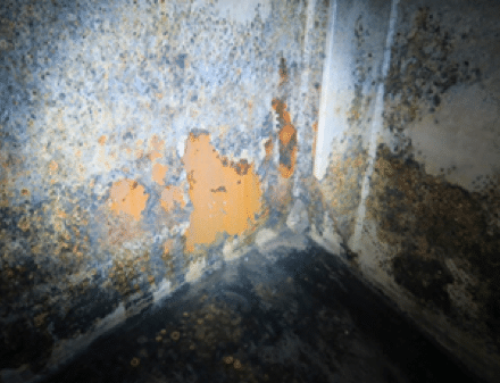Over the last few years CCS has been assisting yacht owners and crew, who are looking to repaint a yacht, to develop a more comprehensive decision-making strategy by drafting “bid documents”.
These documents not only make it easier for the contractor to bid on the job, but they also allow the decision maker a more accurate comparison of the quotes. The results of using these pre-paint services have been excellent as they help the owner obtain a great paint application result at the right price.
The yachting world has changed over the last five years and prudence and accountability have become key points. Superyacht owners now want more say in how their money is spent and as a result captains, management companies and owner representatives increasingly shop around when it comes time for major maintenance projects, such as a repaint.
In the past, the contractor and shipyard were often selected in a somewhat random fashion; perhaps the decision was based on familiarity with a shipyard/contractor or because a previous refit had been carried out at a specific yard. “We always get the hull painted at… it’s just how we do it,” is a phrase that was often heard. But times have changed and owners seem to prefer a more professional tender procedure that facilitates not only a better paint job, but also considerable cost-effectiveness.
Although having contractors and shipyards bid for a paint job can be a good idea, there can be pitfalls with this process. A huge issue is the fact that each shipyard or contractor has a different method in terms of quoting. What is included and what is not? Are there any hidden costs? Are we being quoted low and then being charged unforseen additional costs to make up for this? Not only do diverse quotation methods lead to false comparisons, but selecting the wrong contractor/yard could result in disappointing paint jobs, delayed projects and budget overflows.
So what exactly is a bid document, and what information does it contain?
A bid document is drafted after a survey of the yacht has taken place. This first step is intended to stipulate a comprehensive plan of attack and a clear scope of work. As you can imagine, quotes can only be deemed accurate when they are based on a comprehensive and realistic paint program. In addition drawings (GA), specifications, time lines, charts, price breakdowns, paint system and procedures, product preferences, etc. are included. The final acceptance criteria are also documented.
The bids received from interested parties are then compared by the captain, and the short-listed candidates are invited to interview. After the final details have been worked out, the most appropriate paint application company is contracted to do the job. The bid document can then be supported by a paint manual and periodic inspections. Last but definitely not least, after the job is completed a CCS coating advisor can perform a final acceptance survey to make sure that the pre-defined criteria have been met or exceeded.
So what are the benefits?
A rock-solid job list eliminates potential friction with the shipyard regarding any extra work that wasn’t quoted for. The yacht owner has the assurance that the right contractor has been selected – the contractor that has submitted the most appropriate quote and has offered the best price. Best of all, the contractor can be held accountable if fixed agreements and quality standards haven’t been met. The risk of budget overflows due to unforseen work is mitigated, delays are avoided, a more successful repaint is achieved and the subsequent increased cost-effectiveness will surely please the boss.
Thinking of a refit this winter? Give CCS a call to discuss a comprehensive tender procedure.
This is what M/Y Lionheart’s captain had to say after CCS initiated her repaint by drafting a bid document.
CCS’s respected status in his field is well deserved and I certainly look forward to working with him again on future projects.”




